Key Strategies to Measure the Impact of Your Organization
By Laurel Molloy, Innovations Quantified
Originally Published on FoundationCenter.org in August 2018
Ask any group of nonprofit professionals why it’s important to measure their organization’s impact and you’ll probably hear some common themes emerge.
It’s critical because the resulting data will give us information to:
– Better understand our work and whether the things we’ve set out to do are actually happening
– Make informed decisions about how to enhance, adjust and/or expand our services, and where to allocate (or reallocate) our resources
– Communicate about the difference we’re making in the world to both our internal and external stakeholders
– Secure support from funders (of course), but also staff, volunteers, partners and even clientele – who want to be part of something meaningful
Despite what seems like sector-wide agreement about the importance of understanding, measuring and communicating about impact, many nonprofits struggle with how exactly to do so. Challenges vary widely and include:
– Not knowing where to begin
– Getting started and then getting stuck and giving up
– Worrying that it will drain resources from the “real work”
– Ignoring that some resources will need to be allocated to the effort
– Tracking too many things
– Not tracking the right things
– Not looking at anything that’s being tracked
Although these challenges are real, they are not insurmountable. In fact, with the right plan some are even avoidable. Based on my 20 years helping nonprofits of all different shapes and sizes measure their impact, I’ve found the key to success is to K.I.S.S. (as in Keep It Simple, Strategically).
Too often, organizations fall prey to the belief that impact measurement has to be complicated to be effective. In reality, at least based on my experiences, the opposite is often true. Additionally, many organizations wrongly define their measurement effort’s goal as tracking data, when it’s really about using the data they’ve tracked inform decisions and tell their impact story.
An organization’s commitment to K.I.S.S. can be key to reaching this ultimate goal. It helps ensure all aspects of their effort are feasible and focused on what matters most. Plus it leaves time for them to review, learn from, discuss and share their data. And isn’t that the whole point of the process in the first place?
In her upcoming webinar, Key Strategies to Measure the Impact of Your Organization, Laurel will expand upon the specific steps organizations can follow to K.I.S.S. Join and learn how to help your organization set-up a successful impact measurement plan. Use the content to assess where your organization may be struggling and where it is succeeding, and determine your best next steps towards both tracking and using impact data.
